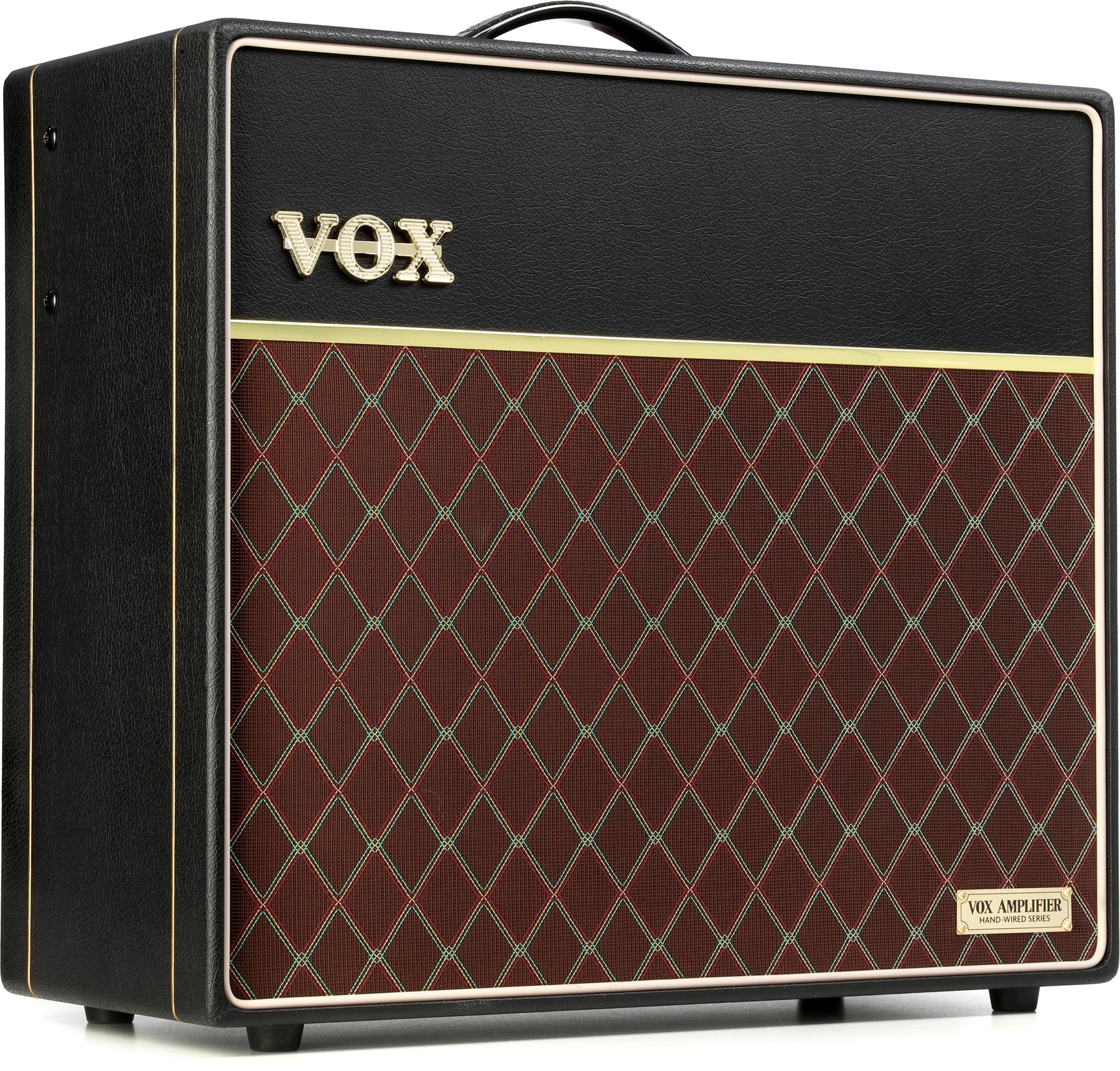A surprise 6-string collaboration with Cory Wong moves effortlessly between ’70s George Benson and Blink-182 tones.
Announced at the 2025 NAMM show, Cory Wong’s new collaboration with Ernie Ball Music Man scratched an itch—namely, the itch for a humbucker-loaded guitar that could appease Wong’s rock-and-R&B alter ego and serve as complement to his signature Fender Strat. Inspiration came from no further than a bandmate’s namesake instrument. Vulfpeck bassist Joe Dart has a line of signature model EBMM basses, one of which uses the classic StingRay bass body profile. So, when Wong went looking for something distinctive, he wondered if EBMM could create a 6-string guitar using the classic StingRay bass body and headstock profile.
 Ernie Ball Music Man StingRay II ReviewErnie Ball Music Man StingRay II Review
Ernie Ball Music Man StingRay II ReviewErnie Ball Music Man StingRay II ReviewDouble the Fun
Wong is, by his own admission, a single-coil devotee. That’s where the core of his sound lives and it feels like home to him. However, Wong is as inspired by classic Earth, Wind & Fire tones and the pop-punk of the early ’90s as he is by Prince and the Minneapolis funk that he grew up with. The StingRay II is a guitar that can cover all those bases.
Ernie Ball has a history of designing fast-feeling, comfortable necks. And I can’t remember ever struggling to move around an EBMM fretboard. The roasted maple C-shaped neck here is slightly thicker in profile than I expected, but still very comfortable. (I must also mention that the back of the neck has a dazzling, almost holographic look to the grain that morphs in the light). By any measure, the StingRay II’s curves seemed designed for comfort and speed. Now, let’s talk about those pickups.Hot or Not?
A few years ago EBMM introduced a line of HT (heat-treated) pickups. The pickups are built with technology the company used to develop their Cobalt and M-Series strings. A fair amount of the process is shrouded in secrecy and must be taken on faith, but EBMM says treating elements of the pickup with heat increases clarity and dynamic response.
To find out for myself, I plugged the StingRay II into a Fender Vibroverb, Mesa/Boogie Mark VII, and a Neural DSP Quad Cortex (Wong’s preferred live rig). Right away, it was easy to hear the tight low end and warm highs. Often, I feel like the low end from neck humbuckers can feel too loose or lack definition. Neither was the case here. The HT pickup is beautifully balanced with a bounce that’s rich with ES-335 vibes. Clean tones are punchy and bright—especially with the Vibroverb—and dirty tones have more room for air. Individual notes were clear and articulate, too.
Any guitar associated with Wong needs a strong middle-position or combined pickup tone, and the StingRay II delivers. I never felt any significant signal loss in the blended signal from the two humbuckers, even if I could use a bit more midrange presence in the voicing. The midrange gap is nothing an EQ or Tube Screamer couldn’t fix, though. And not surprisingly, very Strat-like sounds were easy to achieve for having less midrange bump.
Knowing Wong’s love for ’90s alt-rock, I expected the bridge pickup to have real bite, and it does, demonstrating exceptional dynamic range and exceptional high-end response that never approached shrill. Nearly every type of distortion and overdrive I threw at it sounded great, but especially anything with a scooped-mid flavor and plenty of low end.
The Verdict
By any measure, the StingRay II is a top-notch, professional instrument. The fit and finish are immaculate and the feel of the neck makes me wonder if EBMM stashes some kind of secret sandpaper, because I don’t think I’ve ever felt a smoother, more playable neck. Kudos are also due to EBMM and Wong for finding an instrument that can move between ’70s George Benson tones and the hammering power chords of ’90s Blink-182. Admittedly, the nearly $3K price could give some players pause, but considering the overall quality of the instrument, it’s not out of line. Wong’s involvement and search for distinct sounds makes the StingRay II more than a tired redux of a classic model—an admirable accomplishment considering EBMM’s long and storied history.





















